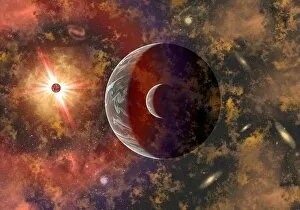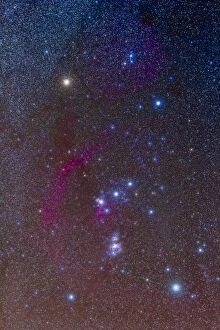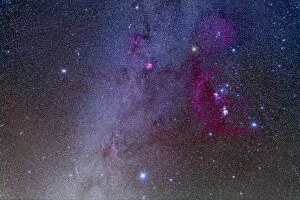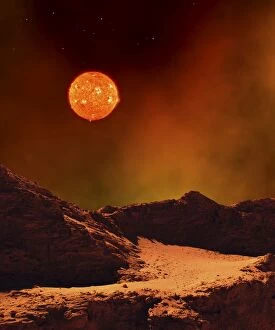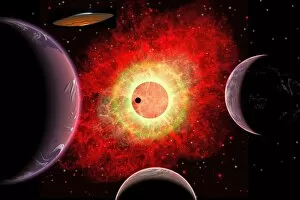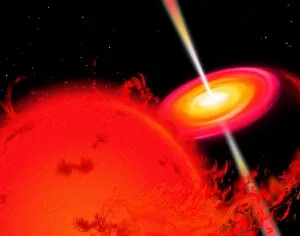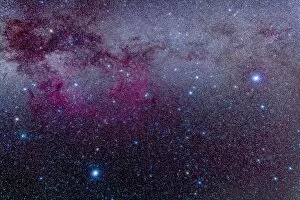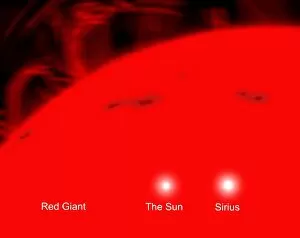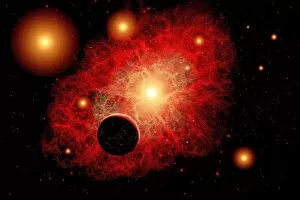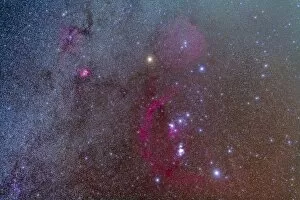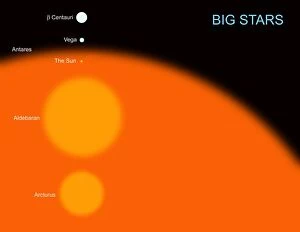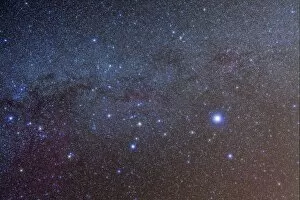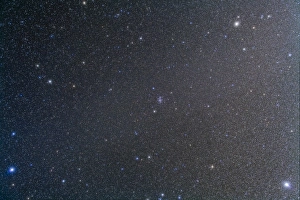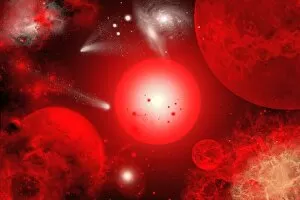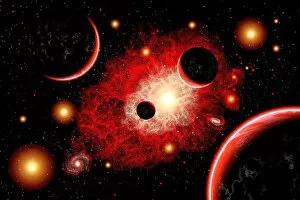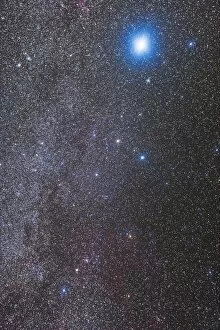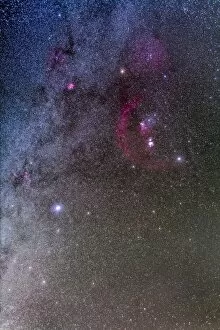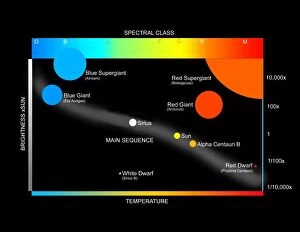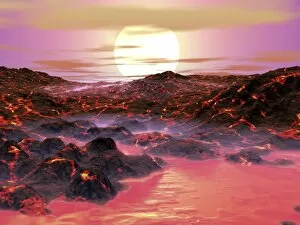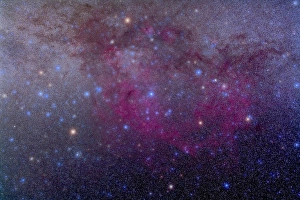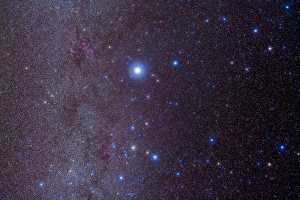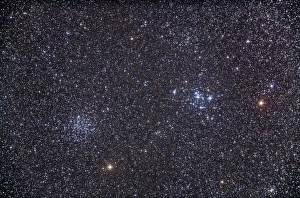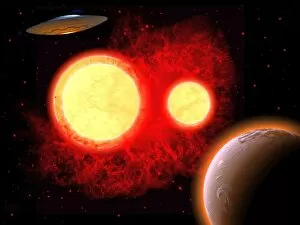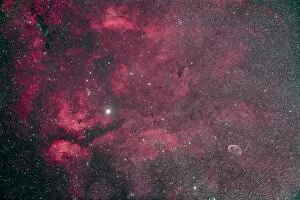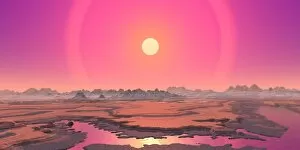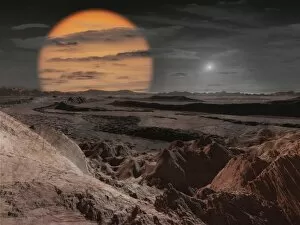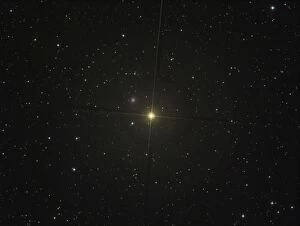Red Giants Collection
"Exploring the Majesty of Red Giants: A Journey through Alien Worlds and Celestial Wonders" An alien planet and its moon in orbit around a red giant star
All Professionally Made to Order for Quick Shipping
"Exploring the Majesty of Red Giants: A Journey through Alien Worlds and Celestial Wonders" An alien planet and its moon in orbit around a red giant star: Witnessing the cosmic ballet of life amidst the fiery embrace of a majestic red giant. The Orion constellation: Where celestial beauty meets ancient mythology, Orion stands tall as a beacon guiding us towards the mesmerizing realm of red giants. Orion and Canis Major showing dog stars Sirius and Procyon: Unleashing their radiant glow, these canine constellations illuminate our path to discover the awe-inspiring power of red giants. Orion and the Winter Triangle stars: In this stellar triangle, we find ourselves spellbound by the ethereal dance between Betelgeuse, Aldebaran, and Capella – all shining under the watchful eye of mighty red giants. Globular cluster M13: Within this dazzling congregation of stars lies an enchanting secret – hidden among them are countless red giants that have witnessed eons pass by in their resplendent glory. A rugged planet landscape dimly lit by a distant red star: Amidst desolate terrain bathed in crimson hues, we glimpse at how life may thrive under the nurturing warmth bestowed upon it by an ever-watchful red giant afar. An alien flying saucer travels amongst alien worlds: Embarking on an interstellar voyage through uncharted realms, our extraterrestrial companions guide us towards encounters with enigmatic civilizations thriving beneath colossal skies adorned with vibrant-red behemoths. A red giant star orbiting a black hole: Witnessing two cosmic titans locked in an eternal gravitational dance reminds us that even within darkness's clutches, immense beauty can emerge from chaos – showcasing nature's extraordinary resilience against all odds. The southern Milky Way and extensive Gum Nebula complex.

